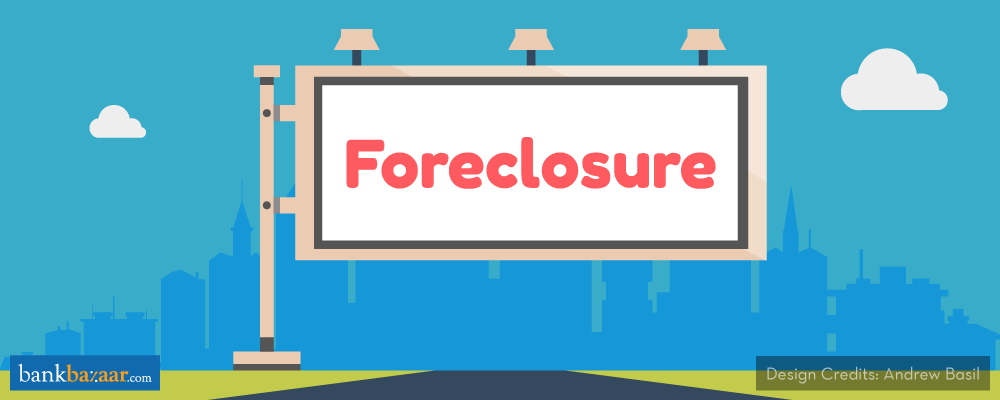
While taking a Loan, one assesses his repayment potential and therefore decides upon the EMI amount and the tenure. Often, there are times when the borrower’s repayment capacity increases with time and foreclosing the loan becomes an option. While foreclosing loan works in the favour of the borrower, it is not something that banks look forward to. In fact, banks previously charged a penalty on pre-closure of a loan to recover a part of the interest lost.
Currently, the policies work in the favour of borrowers and banks cannot charge foreclosure fees. However, there are a few things that need to be kept in mind to be in the good books of the bank and to safeguard your Credit Score.
Get The NOC
On complete closure of a loan, you must ask the lender to provide you with a ‘No Objection Certificate’ (NOC). This certificate works as proof to show that you do not owe any money to the bank anymore. The NOC mentions all details including your loan amount, the date of sanctioning the loan, the total outstanding amount as on the date and the receipt of payment. An NOC can also help you update your status to CIBIL in case the bank has missed out on reporting the final loan status.
Get The Lien On The Property Removed
When you apply for a loan, the bank creates a lien on the property by registering documents at the local registrar’s office. On foreclosure of a loan, you need to tell the bank to remove the lien by intimating the registrar’s office. Without the lien being removed, you cannot sell the property in future or use the same to raise a loan.
Request For Legal Clearance
While getting the NOC and removing the lien is sufficient to clear off all loan-related charges on the property, you might want to take it a notch higher by asking a reputed legal advisor to take a look at the property. This process would ensure that the loan is closed properly and you do not have any liability to pay anything to the lender.
Apply For Encumbrance Certificate (EC)
An encumbrance certificate (EC) shows details of all your registered debts in one place. On receiving the NOC and getting the lien removed, you must apply for an encumbrance certificate at the registrar’s office. If the EC shows any discrepancy in terms of an outstanding interest or pending charges, you must contact the bank and ask for rectification.
Do Not Forget To Collect The Original Documents
When you apply for a loan, the bank asks you to deposit some documents including your property papers. Once you get the NOC and the clearance letter from the bank after foreclosure of a loan, you must immediately take back all the original papers from the bank. Once the documents are handed back to you, verify the pages cautiously before you sign the acknowledgment paper as you cannot claim any document from the bank afterward.
While timely repayment of a loan works great for your Credit Score a foreclosure may impact your Credit Score negatively or positively depending on the type of loan in question, secured or unsecured. In order to ensure a positive impact on the Credit Score, you must maintain an ideal mix of secured and unsecured debt.
Also, before you decide to foreclose a loan, explore avenues wherein you can invest and earn an ROI higher in comparison to the interest you would have to pay against the loan you are looking to foreclose.
BankBazaar is a leading online marketplace in India that helps consumers compare and apply for Credit Card, Personal Loan, Home Loan, Car Loan and insurance..
dear sir,
ADHIL SHETTY CEO BANK BAZAR
i dont have income during this lock down period. and have to pay Emi to banks. i want to pay the compleet loan amount.
so i requested bank to provide some loan against my residential property. which is to be repayable within 5-6 months
fully along with interest . i will generate fund for repayment by selling another property after lock down ends. but bank bazar says not possible without income proof. because my credit score is
752. sir can you help me come out of this situation .
Hi Sudhakar,
BankBazaar follows the process that is laid down by banks to process loan applications. We won’t be able to go ahead with your application if we don’t get the documents from you as prescribed by the bank.
Cheers,
Team BankBazaar